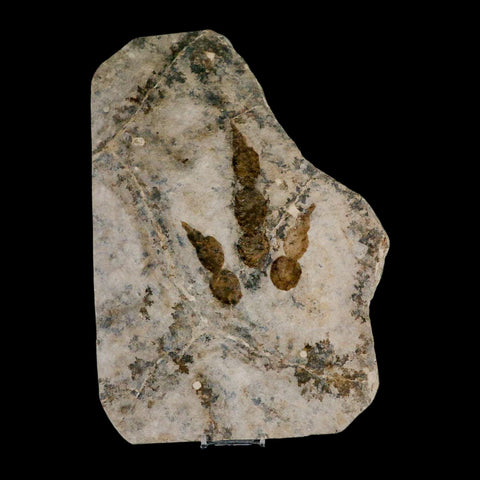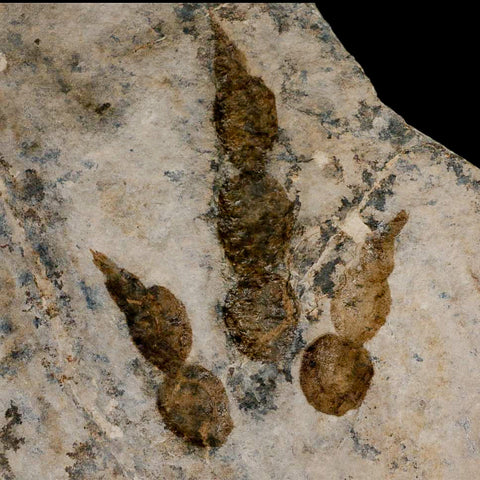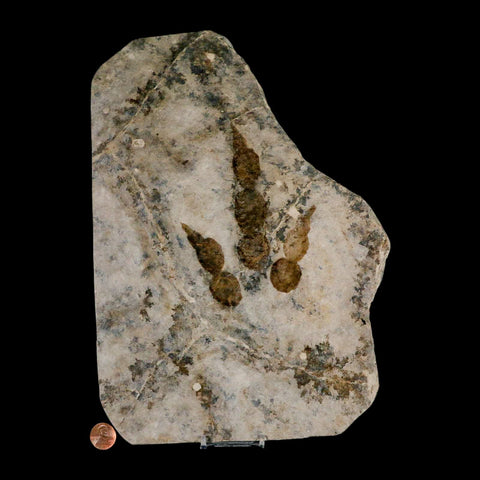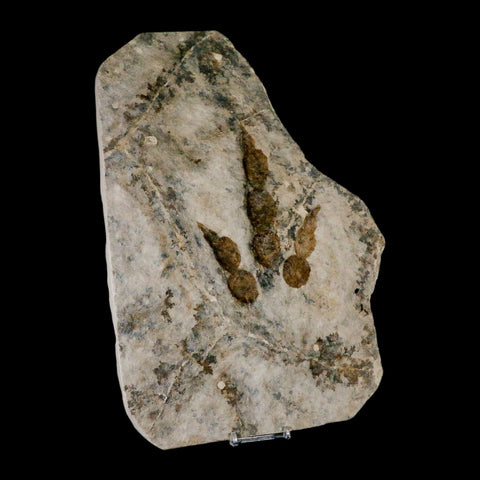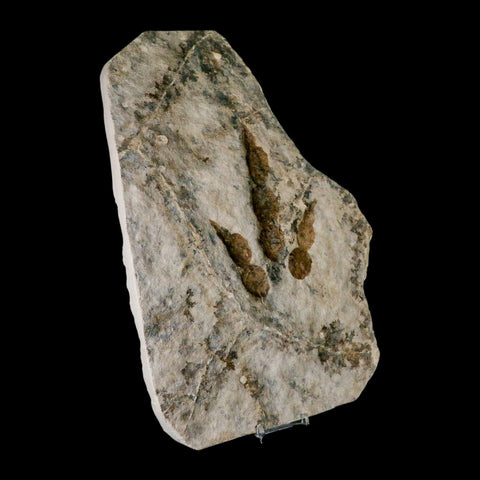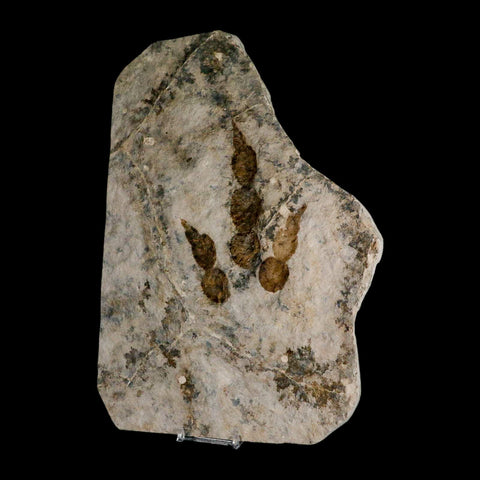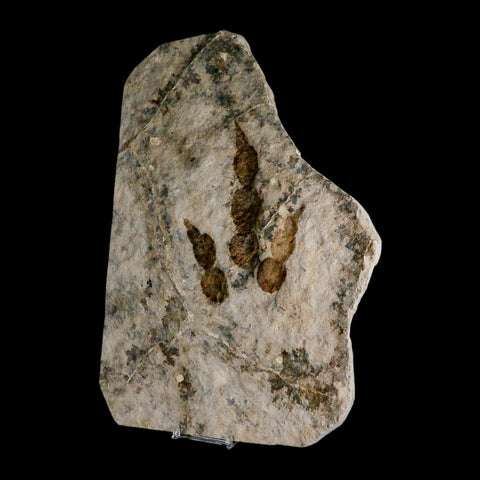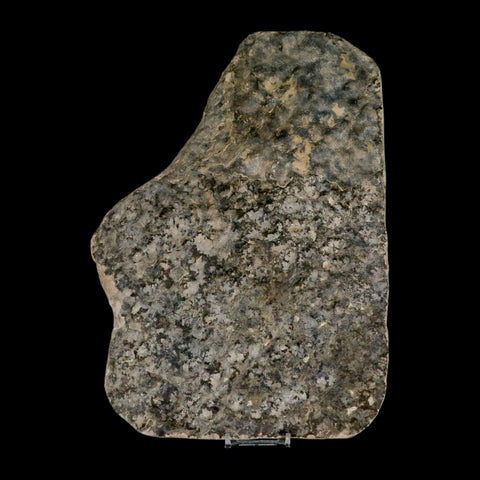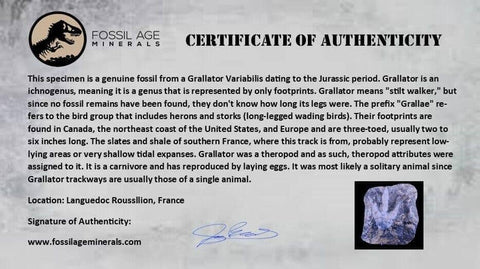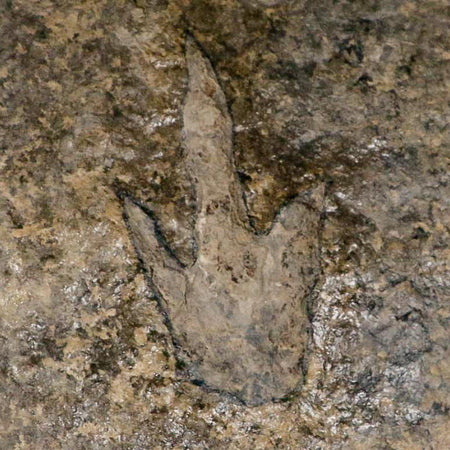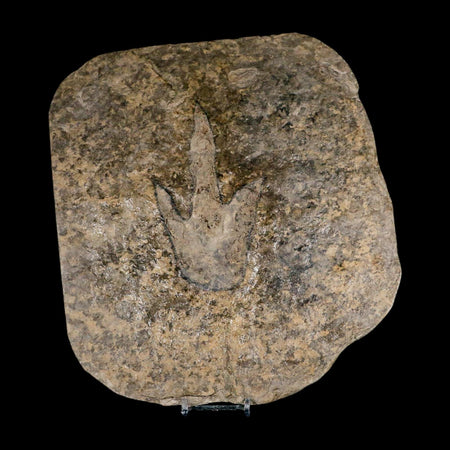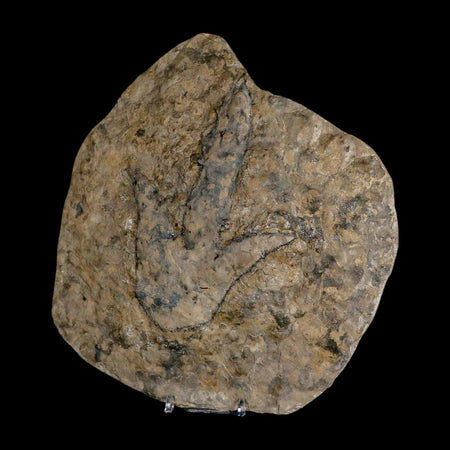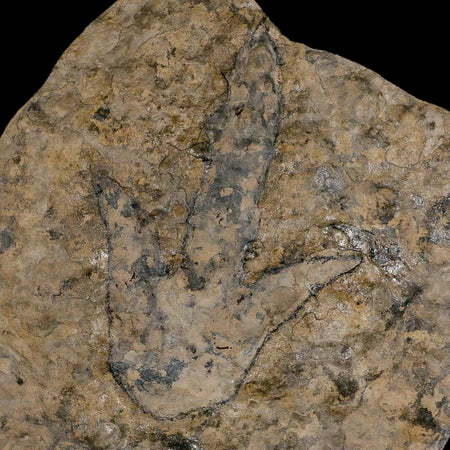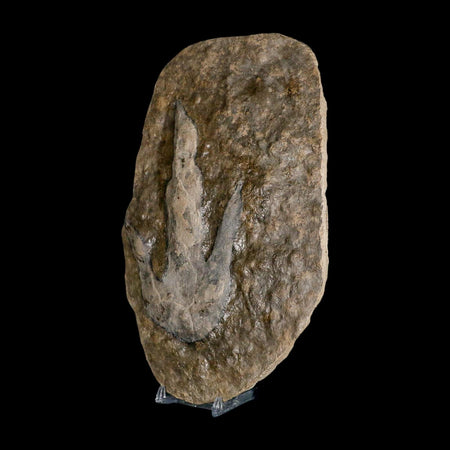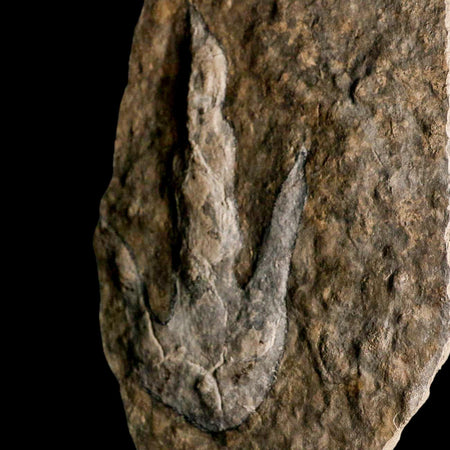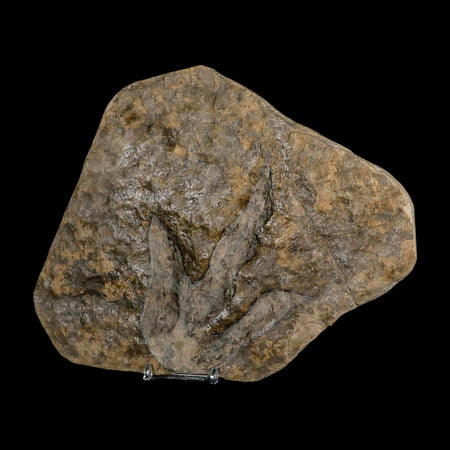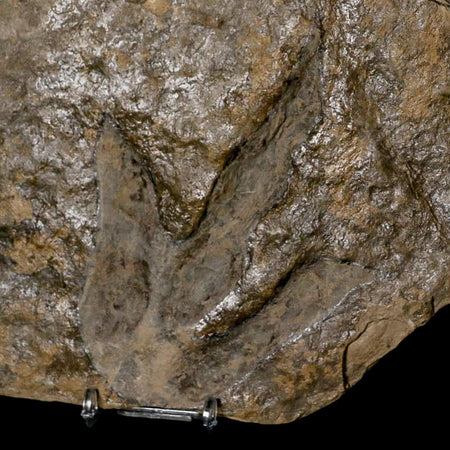5.2" Grallator Variabilis Dinosaurs Track Foot Print Jurassic Age France COA, Stand
Location: Languedoc-Roussillon, France
Weight: 3 Pounds 6.4 Ounces
Dimensions: 11.4 Inches Long, 8 Inches Wide, 0.6 Inches Thick. (Matrix)
Footprint Dimensions: 5.2 Inches Tall, 4 Inches Wide
Comes with a Free Stand.
Comes with a Certificate of Authenticity.
The item pictured is the one you will receive.
Lower Jurassic Age, 200 Million Years Old.
Grallator represents an ichnogenus, defined solely by trace fossils in the form of footprints, with no associated skeletal remains discovered to date. The name "Grallator," meaning "stilt walker," alludes to its presumed gait, though the precise limb proportions remain speculative due to the absence of fossilized bones. The prefix "Grallae" references a group of long-legged wading birds, such as herons and storks, evoking a parallel in morphology. Grallator Variabilis is generally considered to have borne a resemblance to the dinosaur genus Coelophysis.
Grallator footprints are found in Canada, the northeast coast of the United States, and Europe. Their footprints are three-toed and are usually two to six inches long. Their discoverer, Edward Hitchcock, gave the name Grallator in 1858. The slates and shale of southern France, where this track is from, probably represent low-lying areas or very shallow tidal expanses. Grallator was a theropod, and as such, theropod attributes were assigned to it. It is a carnivore and reproduces by laying eggs. It was most likely a solitary animal since Grallator trackways are usually those of a single animal.


